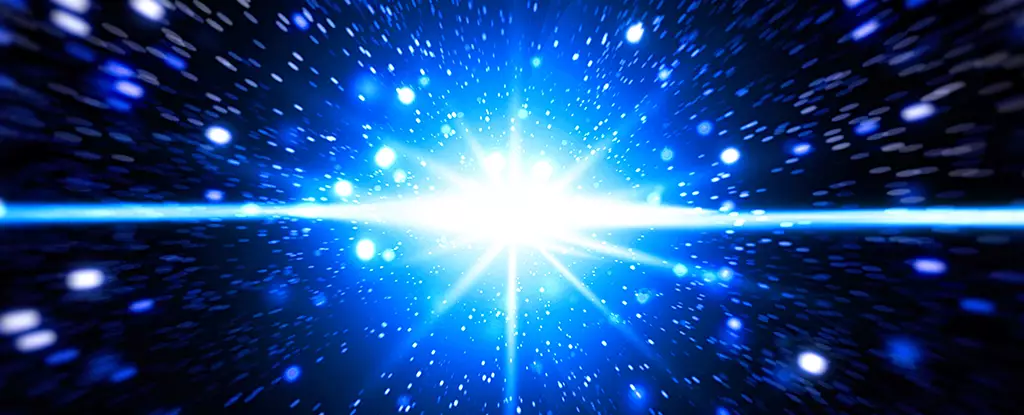Fast Radio Bursts (FRBs) have captured the attention of astronomers and astrophysicists alike, serving as a tantalizing puzzle from the cosmic depths. These bursts of radio light, lasting only a few milliseconds, are enigmatic signals that can originate from vast distances beyond our galaxy. While their precise origins remain elusive, recent discoveries have started to shed light on their nature, unveiling complexities that challenge existing astrophysical theories.
FRBs were first discovered in 2007, and since then, their intriguing characteristics have raised numerous questions. Each burst emits immense energy comparable to that of the Sun’s output over several days, despite only lasting a brief moment. The prevailing theory suggests that these events may stem from magnetars—highly magnetic neutron stars that exhibit powerful magnetic fields. However, the observations have revealed that not all FRBs conform to this narrative, prompting a reevaluation of their origins and underlying mechanisms.
Interestingly, while a significant number of FRBs have been detected from extragalactic sources, the few that have originated within our galaxy have pointed towards neutron stars as their likely progenitors. Yet, recurrent FRBs have particularly challenged the simplified view that links them to cataclysmic stellar events, such as supernovae. This is a crucial distinction, as it underscores that the processes responsible for these bursts are more intricate than they initially appeared.
A significant breakthrough occurred when a specific FRB, known for its repeating nature, was observed an astonishing 21 times between February and June of a recent year. The persistence of this FRB allowed scientists to employ advanced observational techniques that included a secondary observatory located around 60 kilometers away. This collaborative approach yielded unprecedented insight, revealing that the FRB emanated from a galaxy situated approximately two billion light-years from Earth—a staggering distance that highlights the vastness of our universe.
What was particularly striking about this discovery was the location of the FRB’s source within the galaxy, found at its outer edge rather than in the central region where star formation typically occurs. Such a finding is counterintuitive, considering that neutron stars are generally more prevalent in the stellar-dense core of galaxies. Furthermore, the host galaxy’s age—over 11 billion years—suggests it had long since passed its active star-forming phase, raising questions about the nature of the neutron star responsible for the FRB.
Traditionally, astrophysicists have associated FRBs with young magnetars, hypothesizing that these births are the result of sudden magnetic flares analogous to solar flares. The long lifetimes of neutron stars should, in theory, mean that older neutron stars would be unable to produce such energetic bursts, as they progressively cool and become dormant over time. However, the IRB resulting from a sizable, ancient galaxy poses a challenge to this notion and indicates that the mechanisms behind FRBs could be more varied than previously assumed.
This evidence suggests an intriguing possibility: the FRB could originate not from the galaxy’s outer edge itself, but from a dense globular cluster surrounding it. These globular clusters are teeming with stellar collisions and mergers, which lend themselves to the generation of unusual astrophysical phenomena. The merging of magnetars within these clusters might lead to realignment of their magnetic fields, resulting in the explosive radio bursts we observe as FRBs.
While this cutting-edge discovery has far-reaching implications, scientists acknowledge that further investigations are crucial to confirm these theories definitively. The exploration of FRBs is an evolving field, with rapid advancements in technology paving the way for more comprehensive observational studies. The expectation is that as researchers continue to collect and analyze data from FRBs, we will not only understand them better but may also uncover new aspects of stellar evolution and cosmology.
Fast radio bursts embody a complex nexus of cosmic phenomena that challenge our understanding of the universe. As science delves deeper into the intricacies of these enigmatic bursts, the quest for knowledge will only accelerate, unlocking secrets of the cosmos and possibly redefining principles of astrophysics. Only time and relentless inquiry will reveal the complete narrative behind these extraordinary manifestations of celestial energy.

